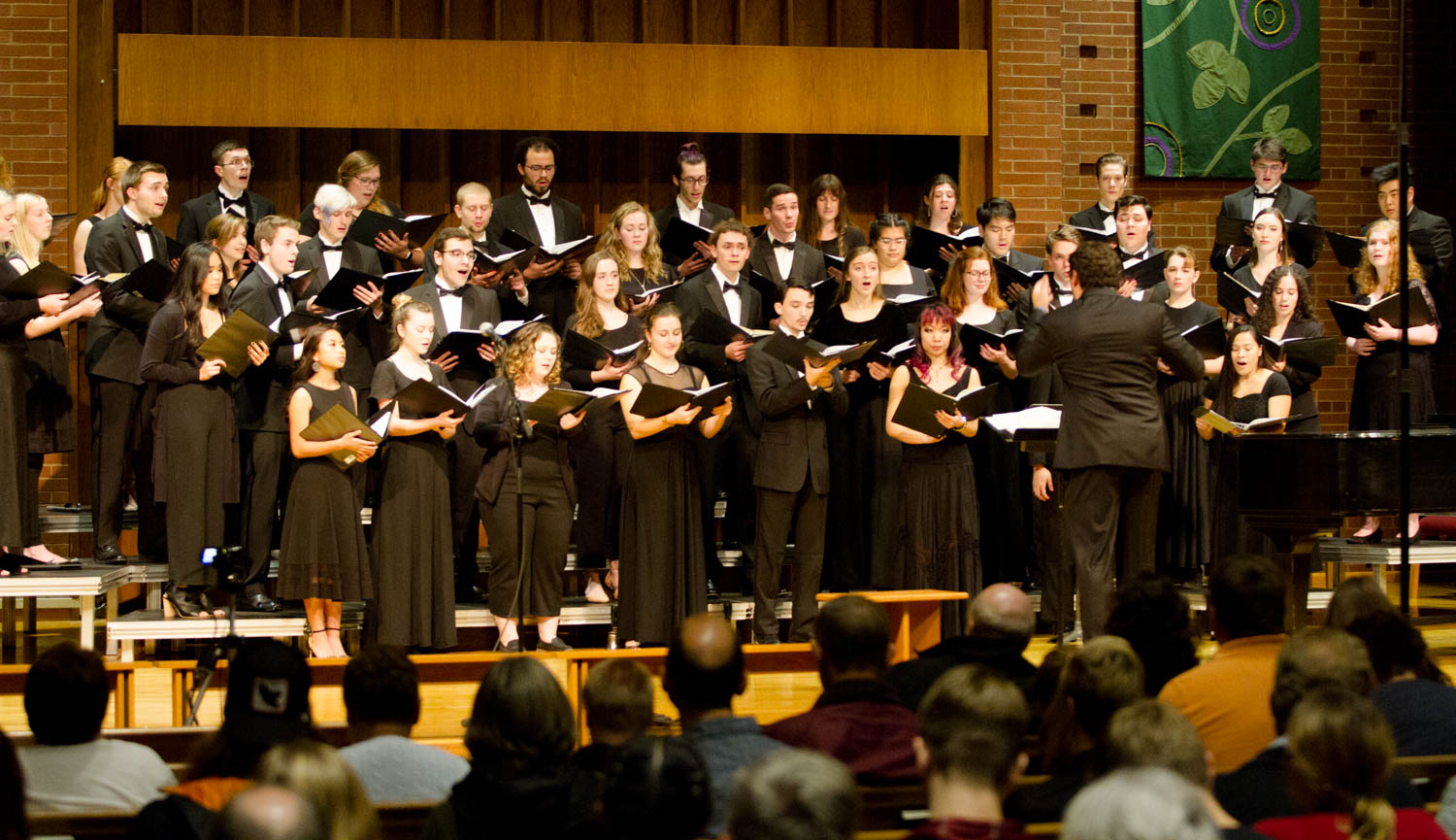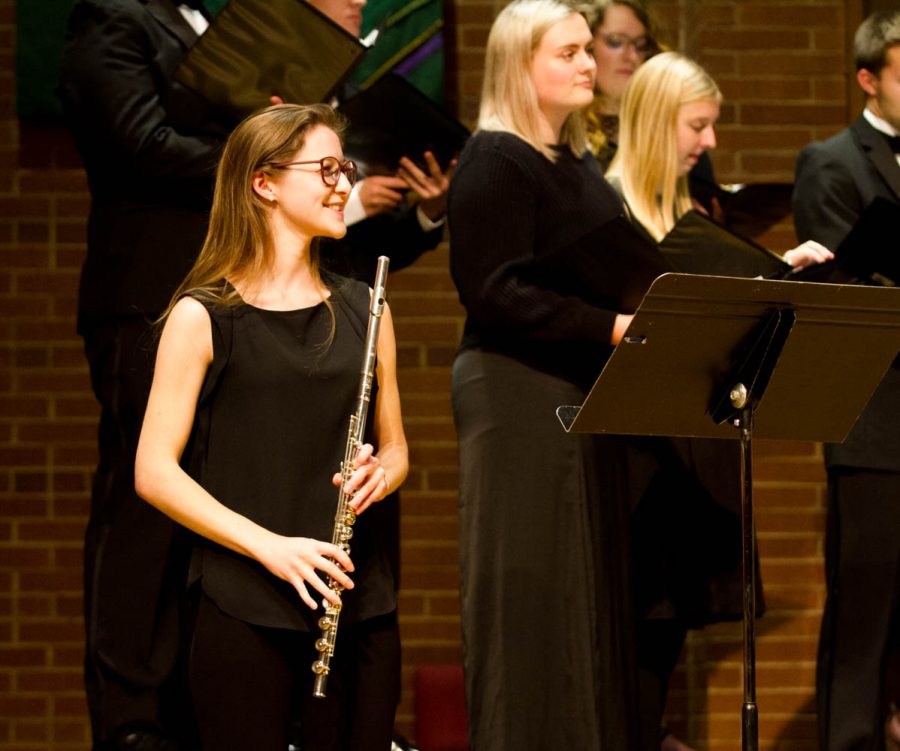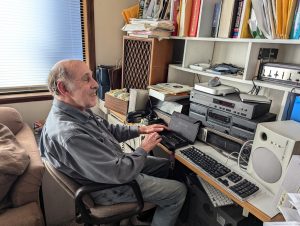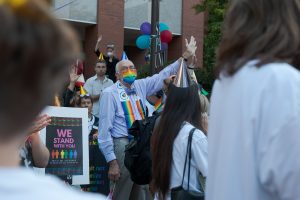Underlying complexities of performing
Multifaceted talent at SPU
November 14, 2019

The Treble Choir began the performance with a traditional spiritual piece called “I’m On My Way” by Anthony Trecek-King. The song started off calm and mellow and built up to an exciting tempo with bursts of stomps.
The Autumn Choral Concert on Friday, Nov. 8, displayed the talent and commitment of students at Seattle Pacific University.
Beginning with Treble Choir, directed by Beth Ann Bonnecroy, the Chamber Singers and Concert Choir followed, both directed by Ryan Ellis.
“I try to make sure my song selections always have some sort of a progression through either texts or music,” Bonnecroy said.
Bonnecroy likes to have an arc of progression that shows the range of capabilities in her choir.
This range of capabilities makes the process of preparing for a concert a more complex task for both the performers and directors. Solving the complex issues made the performances what they were: a result of hard, yet fulfilling work.
One element of these overlooked complexities is the use of body language during the performances. Body language can be used to convey the general tone and emotion of a song, while also keeping the audience engaged.
This can be seen through the experience of junior Isabelle Mills, majoring in theology with a minor in music.
“I find that often, when someone leans forward a bit, it’s during a softer more intense whisper-like part of a song or a part requiring more focus on the conductor — like telling someone a secret,” Mills said.
The way the performers communicate through body language also has a way of displaying their talent and passion on stage.
“For facial expressions, raised eyebrows are a must because it shows general engagement and energy,” Mills said.
Another complexity to the performances was the addition of parts for vocalists to learn a new instrument.
One of these, was during “The Singing Heart” by Bob Chilcott performed by the Concert Choir where some students got the opportunity to play bells, an instrument that provided its own challenges.
“Dr. Ellis helped with the rhythms for those who don’t read music. It was a challenge because the bells rhythm was syncopated against the rhythm of the lyrics,” Mills said.
For some individuals, keeping the beat was a new experience.
“We meet outside of class to see if anyone is struggling and nail down our parts together,” said junior Kat Tumpalan, a member of the Treble Choir who is studying music therapy.
Some students in the choir are music majors, while others are not, which made for a diverse learning experience as they dealt with the obstacles in their way.
Despite the variance of experience between the vocalists in the choirs, they were able to work together to create a beautiful performance.
“It’s pretty breathtaking to see people of all different experience levels come together to create such beautiful sounds,” Tumpalan said.


























































































